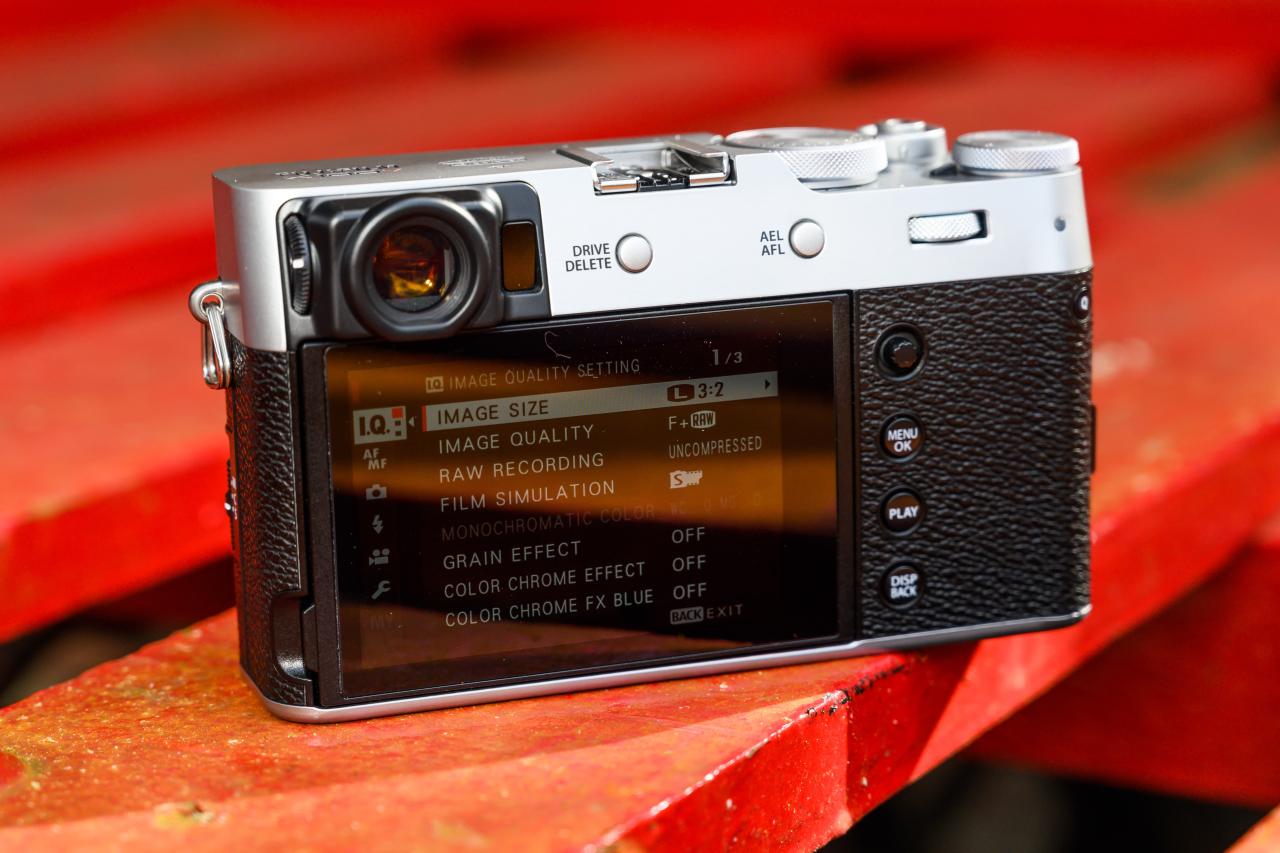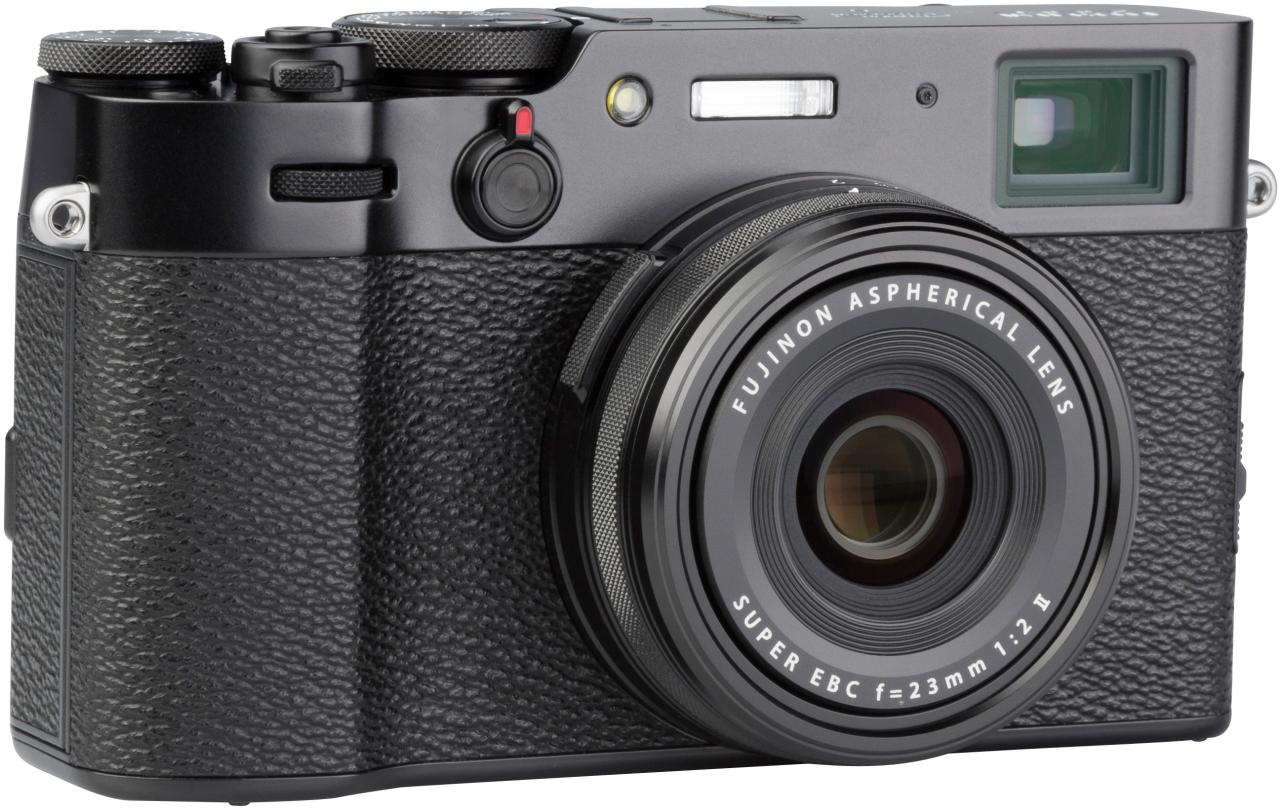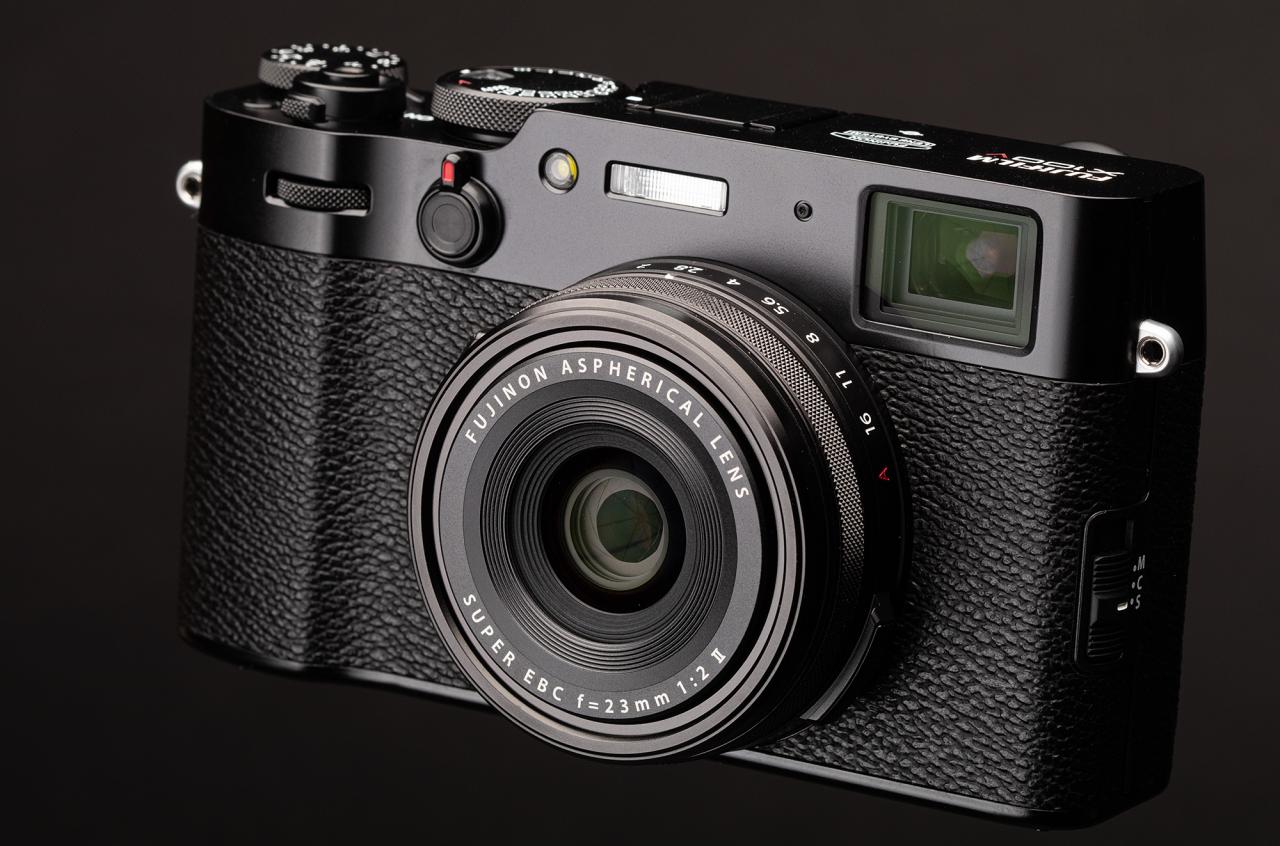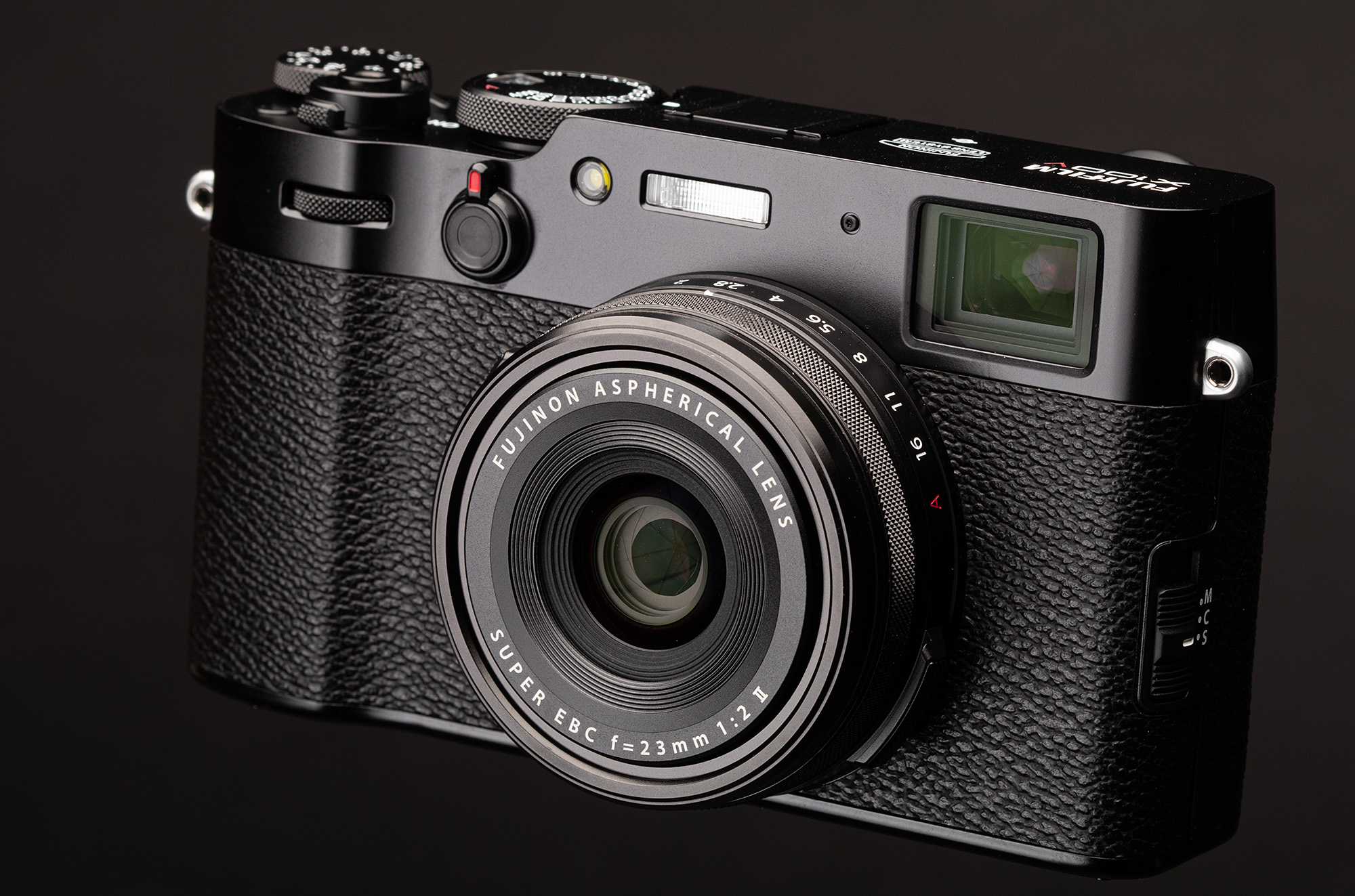Fujifilm X100V: This iconic compact camera continues to captivate photographers with its blend of retro aesthetics and modern technology. Its fixed lens, renowned for its exceptional image quality, offers a unique shooting experience unlike many interchangeable lens cameras. We delve into its performance, exploring its strengths and weaknesses across various photographic scenarios to provide a balanced perspective for potential buyers.
This review will cover the camera’s key features, image quality in different lighting conditions, user experience, and a comparison with competing models. We’ll also explore real-world applications and provide answers to frequently asked questions to give you a thorough understanding of the Fujifilm X100V’s capabilities.
Fujifilm X100V: A Deep Dive
The Fujifilm X100V has solidified its place as a highly regarded compact camera, appealing to both seasoned photographers and enthusiastic newcomers. Its blend of retro aesthetics, exceptional image quality, and user-friendly design makes it a compelling choice in a crowded market. This article will explore the camera’s key features, performance, user experience, and how it stacks up against its competitors.
Fujifilm X100V Overview

The X100V boasts a 26.1MP X-Trans CMOS 4 sensor paired with the X-Processor 4. This combination delivers impressive image quality, particularly in terms of dynamic range and low-light performance. The camera’s defining feature is its fixed 23mm f/2 lens (equivalent to 35mm on a full-frame camera), a focal length many photographers find versatile and ideal for street photography, travel, and everyday snapshots.
The fixed lens design, while limiting focal range flexibility, contributes to the camera’s compact size and superior image quality by allowing for tighter optical design and superior lens construction. Compared to similarly priced cameras, the X100V generally excels in dynamic range and color reproduction, though direct comparisons depend heavily on specific image processing and shooting conditions.
| Camera | Dynamic Range (EV) | ISO Performance (High ISO Noise) | Color Reproduction |
|---|---|---|---|
| Fujifilm X100V | 14.5 | Good up to ISO 6400 | Accurate and vibrant |
| Sony RX1R II | 13.8 | Good up to ISO 3200 | Natural and accurate |
| Ricoh GR III | 13.2 | Good up to ISO 3200 | Slightly less vibrant |
Image Quality and Performance

The X100V consistently delivers exceptional image quality across various shooting conditions. In low light, noise is well-controlled, maintaining detail even at higher ISO settings. Portraits exhibit accurate skin tones and pleasing bokeh, thanks to the lens’s fast aperture. Landscapes benefit from the camera’s wide dynamic range, capturing details in both highlights and shadows. Color reproduction is consistently vibrant and accurate, particularly when utilizing Fujifilm’s renowned film simulations.
The X100V’s autofocus system is a significant aspect of its performance.
- Strengths: Fast and accurate in good lighting conditions; reliable subject tracking; hybrid autofocus system combines phase-detection and contrast-detection for versatility.
- Weaknesses: Can hunt in very low light or with challenging subjects; focus peaking can sometimes be unreliable.
Fujifilm’s film simulations are a hallmark of the X series. They offer distinct aesthetic looks, replicating the feel of classic film stocks.
Here’s a textual representation of three film simulations:
Classic Chrome: Subdued colors, slightly muted saturation, emphasizes natural tones. Think vintage film, less vibrant than other options.
The Fujifilm X100V, with its exceptional image quality, is perfect for capturing everyday moments. However, even the most meticulously planned shots can be disrupted by unforeseen events, much like the recent spate of drone crashes in New Jersey , which highlight the unpredictable nature of technology. Returning to the X100V, its compact size makes it ideal for spontaneous photography, ensuring you’re always ready to capture the unexpected, even if it’s not a drone malfunction.
Provia: Natural and accurate color reproduction; aims for a true-to-life representation.
Acros: Monochromatic simulation; high-detail, smooth tonal transitions; great for black and white photography.
User Experience and Ergonomics

The X100V’s physical controls are a joy to use. The placement of dials and buttons is intuitive and allows for quick adjustments without taking your eyes off the subject. The camera’s compact size is a significant advantage for street photography and travel, enabling discreet shooting. However, its small size can also present challenges for photographers with larger hands. The menu system is well-organized and easy to navigate, though some users may find the abundance of options slightly overwhelming initially.
Customizable function buttons allow for tailoring the camera to individual shooting preferences.
Comparison with Competitors
The X100V competes with cameras like the Sony RX1R II and Ricoh GR III. While the Sony RX1R II boasts a higher resolution full-frame sensor, the X100V offers a more compact design and superior autofocus performance in many situations. The Ricoh GR III, known for its exceptional image quality and compact size, is a strong contender, but the X100V edges out in its superior dynamic range and film simulations.
The target audience for the X100V leans towards photographers who value image quality, portability, and a classic shooting experience, while those prioritizing ultimate resolution or a wider range of lenses might opt for alternatives.
The Fujifilm X100V, with its exceptional image quality and compact design, is a photographer’s dream. Its versatility extends beyond still photography; one might even imagine using it to document the aftermath of a conflict, perhaps capturing images of the wreckage left behind by a shahed drone strike. Returning to the camera itself, the X100V’s intuitive controls make it a joy to use in any situation, from everyday snapshots to more demanding photographic assignments.
| Camera | Sensor Size | Resolution (MP) | Price (USD) |
|---|---|---|---|
| Fujifilm X100V | APS-C | 26.1 | $1399 |
| Sony RX1R II | Full-frame | 42.4 | $3498 |
| Ricoh GR III | APS-C | 24.2 | $896 |
Real-World Applications and Examples, Fujifilm x100v
The X100V’s versatility shines in various photographic scenarios. Its compact size makes it ideal for street photography, capturing candid moments unnoticed. Its excellent low-light performance allows for capturing atmospheric night scenes. The 35mm equivalent focal length is versatile enough for portraits, landscapes, and even some architectural shots.
Example 1: A street photographer uses the X100V with the Classic Chrome film simulation to capture the mood of a bustling city street at dusk. The camera’s fast autofocus ensures sharp focus on moving subjects, while the film simulation adds a nostalgic touch to the images.
Example 2: A travel photographer uses the X100V to document their journey through a vibrant market. The camera’s compact size allows for discreet shooting, capturing the energy and details of the scene without disturbing the subjects. The Provia simulation ensures accurate color reproduction.
A hypothetical scenario: A photographer wants to create a series of moody black and white portraits. They utilize the X100V with the Acros film simulation, setting the aperture wide open (f/2) to achieve a shallow depth of field, drawing attention to the subject. They use natural light, choosing overcast conditions to soften the light and create a more subdued mood.
The X100V excels in situations requiring portability and excellent image quality in a compact package. It may be less suitable for situations demanding a wider zoom range or extremely high resolution.
The Fujifilm X100V proves itself a compelling option for photographers seeking a compact, high-quality camera with a unique shooting experience. While its fixed lens may limit versatility for some, the exceptional image quality, intuitive controls, and charming retro design make it a strong contender in its class. Whether you’re a seasoned professional or an enthusiastic amateur, the X100V offers a rewarding journey into the art of photography.
General Inquiries
Is the Fujifilm X100V weather-sealed?
No, the X100V lacks full weather sealing. While it’s relatively durable, it’s not designed for use in heavy rain or extreme conditions.
What type of video can the X100V record?
It can record 4K video at up to 30fps and 1080p at up to 120fps for slow-motion effects.
Does the X100V have image stabilization?
No, it relies on sensor-shift image stabilization, which is less effective than in-body or lens-based stabilization.
How long does the battery last?
Battery life is moderate; expect around 350 shots per charge depending on usage.
